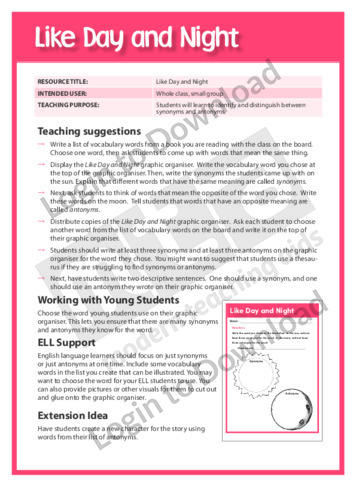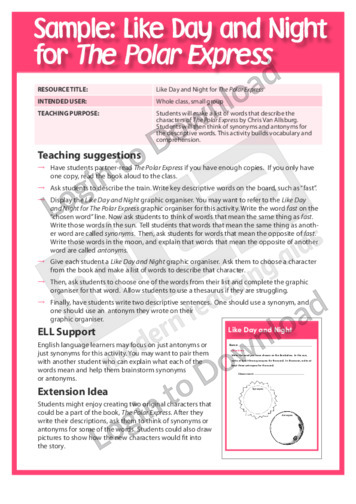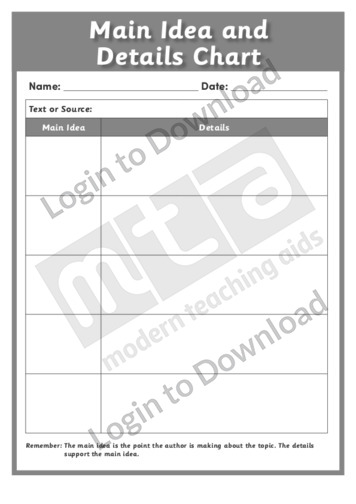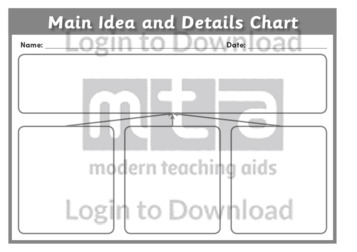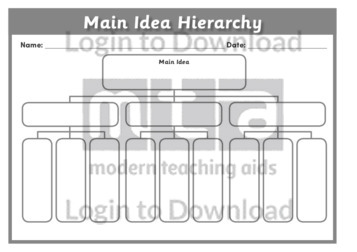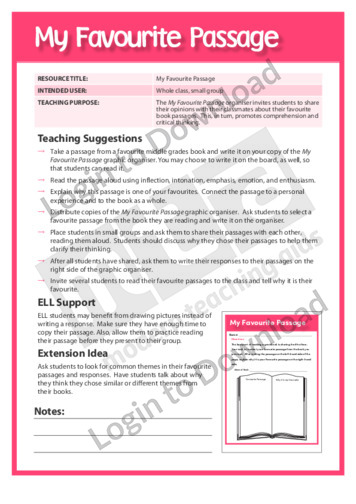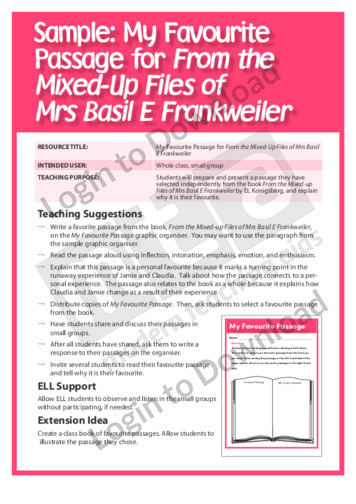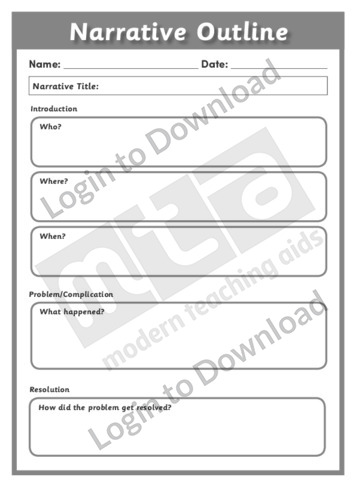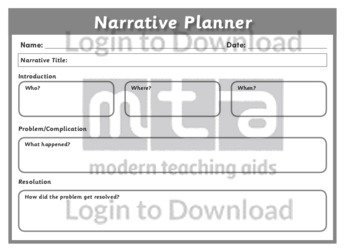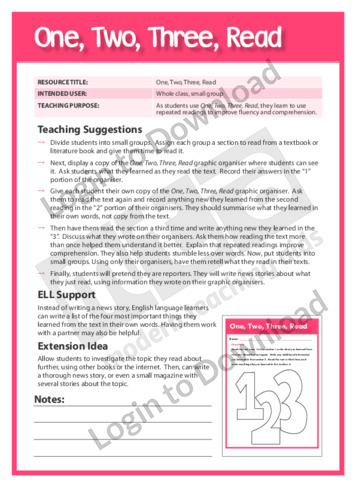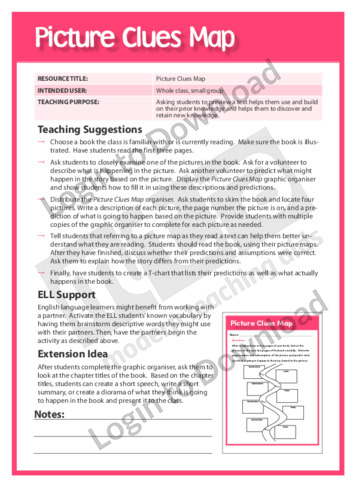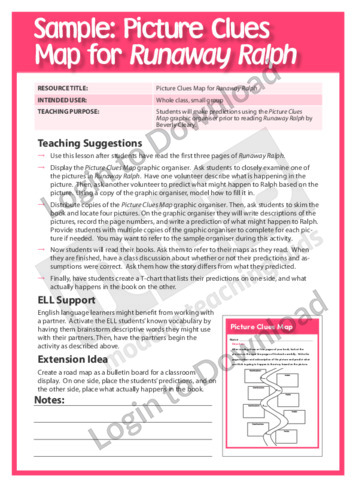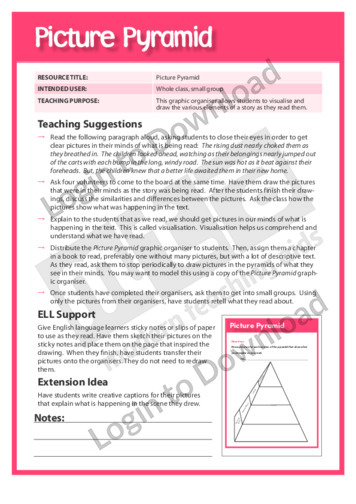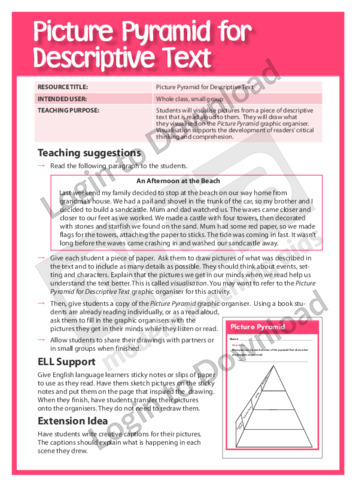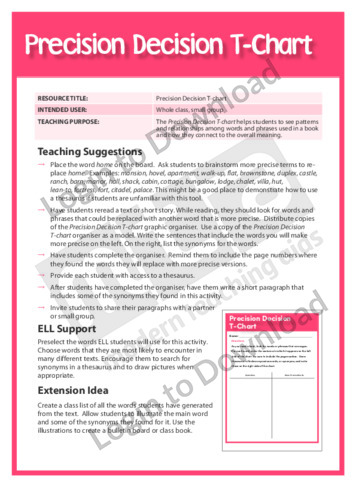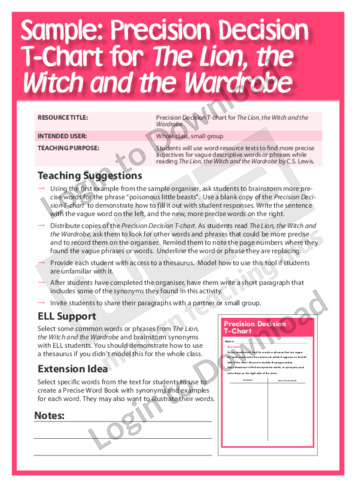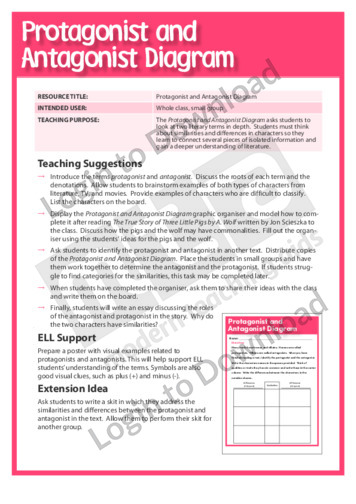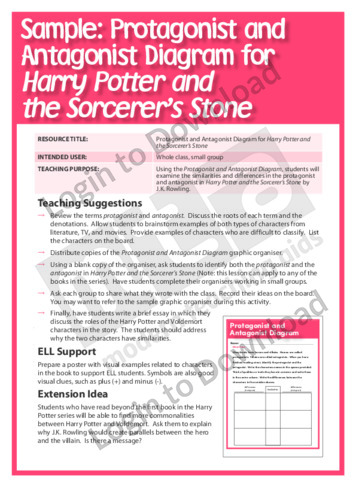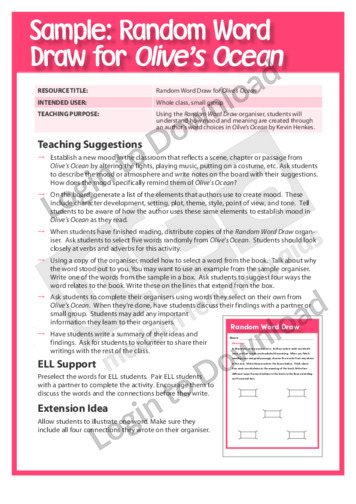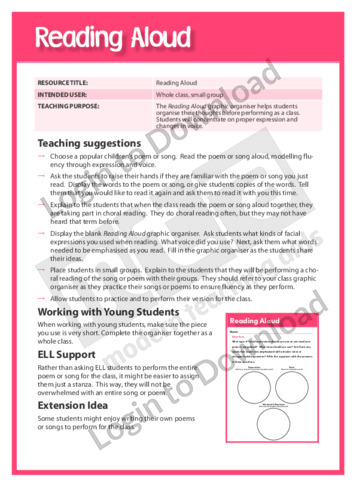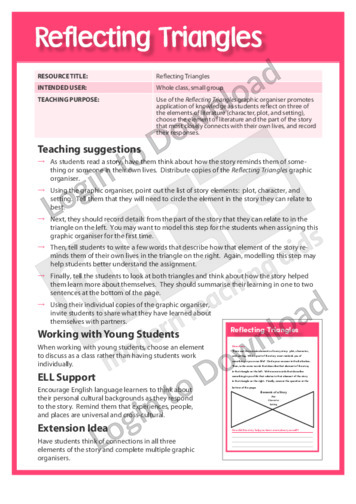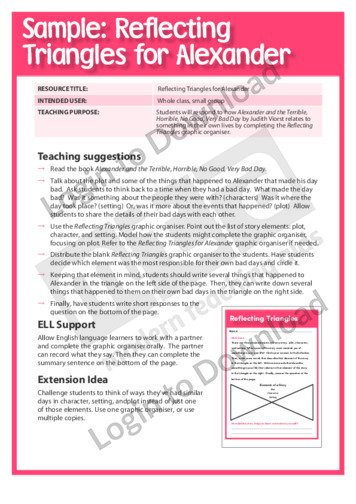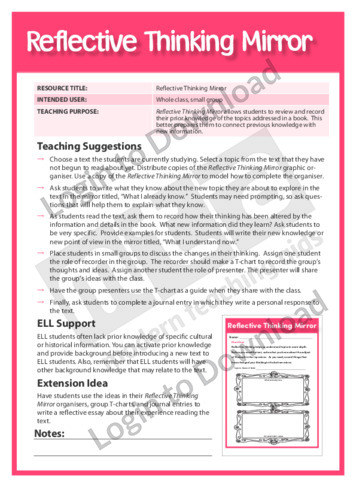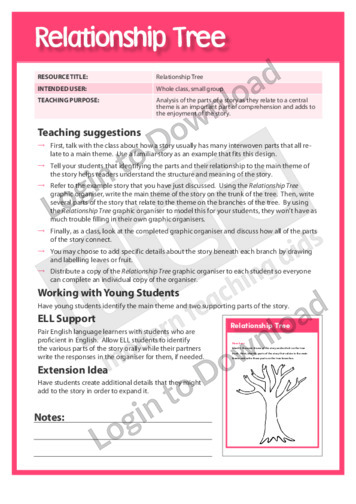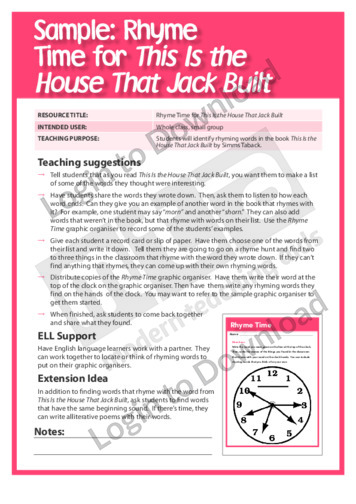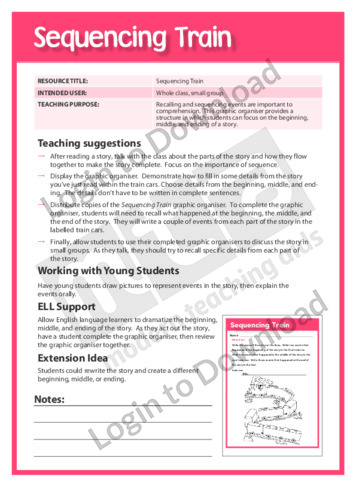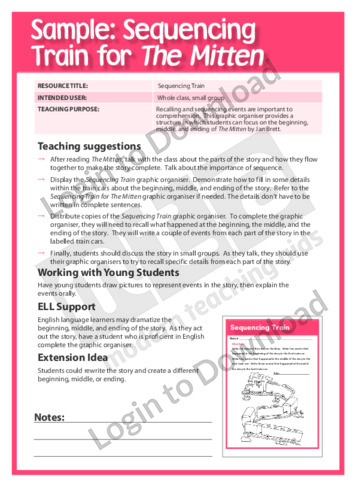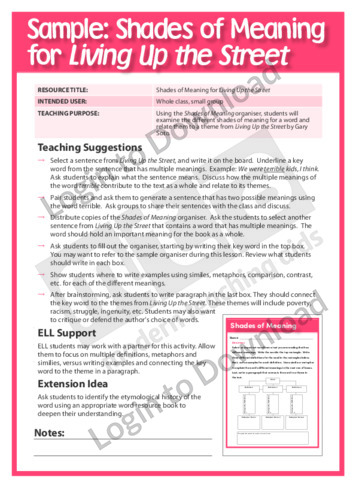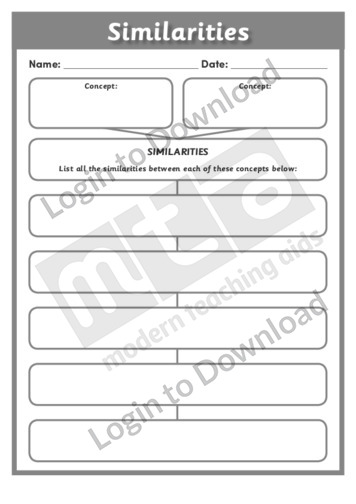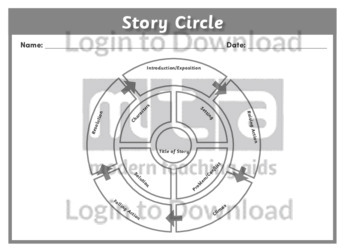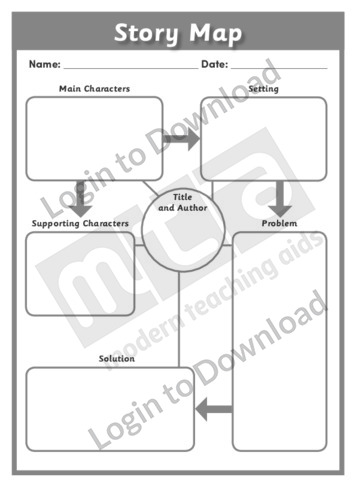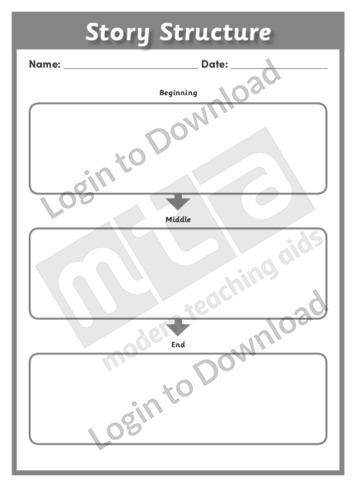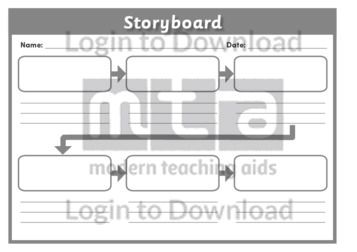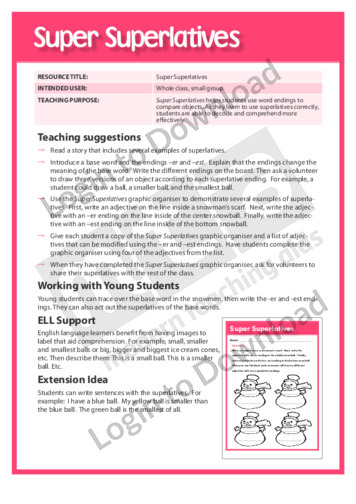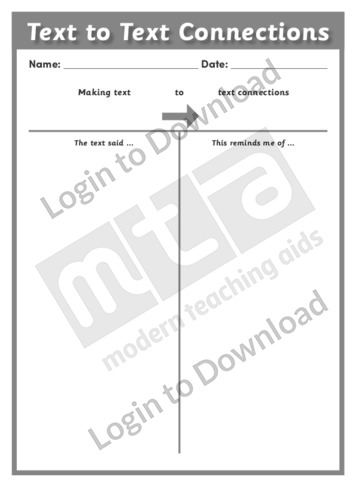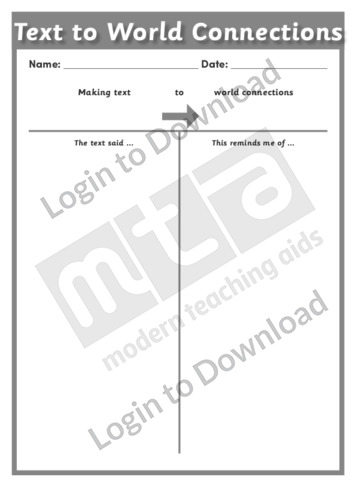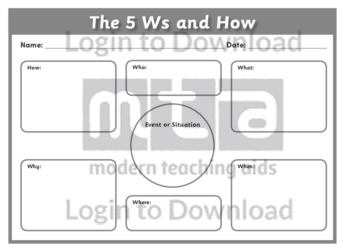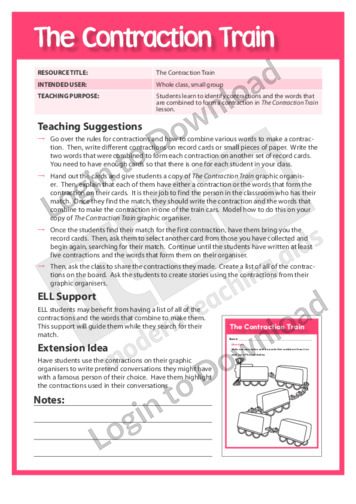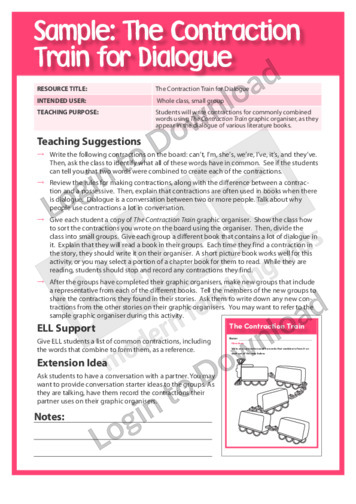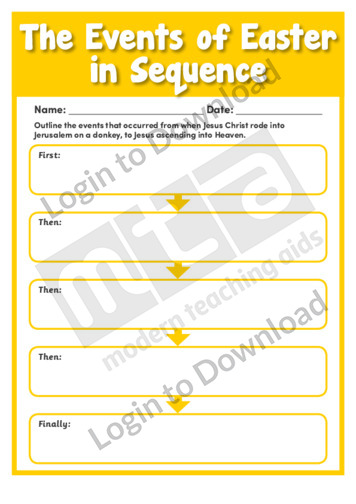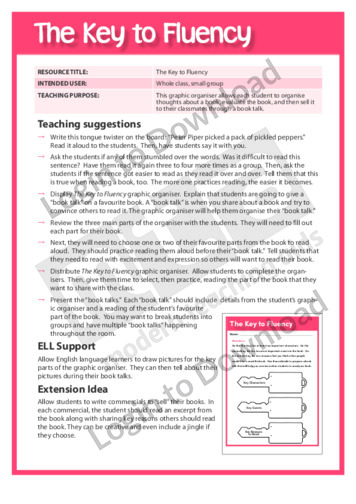This graphic organiser, ‘KWL Chart’ prompts students to explore what they know about a topic, what they want to learn and what they have learnt following the process. This horizontal table is clearly formatted to encourage students to take responsibility for their own learning and to assist teachers in establishing their students’ prior knowledge. It …More
This graphic organiser, ‘KWL Chart’ prompts students to explore what they know about a topic, what they want to learn and what they have learnt following the process. This horizontal table is clearly formatted to encourage students to take responsibility for their own learning and to assist teachers in establishing their students’ prior knowledge. It …More
This graphic organiser, ‘Like Day and Night’ asks students to identify and distinguish between synonyms and antonyms.
This graphic organiser, ‘Like Day and Night for The Polar Express’ asks students to make a list of words that describe the characters from The Polar Express by Chris Van Allsburg, then think of synonyms and antonyms for the descriptive words.
This graphic organiser, ‘Main Idea and Details Chart’ assists students to identify the relationship between the main idea and supporting details. For example, students can use this table to break down a broad concept into greater detail during a post-reading comprehension activity. It could also be used as a pre-writing prompt to expand on ideas.
This graphic organiser, ‘Main Idea and Details Chart’ assists students to identify the relationship between the main idea and supporting details. For example, students can use this graphical scaffold to break down a broad concept into greater detail during a post-reading comprehension activity. It could also be used as a pre-writing prompt to expand on …More
This graphic organiser, ‘Main Idea Hierarchy’ is an upside-down tree diagram used to organise the flow of ideas into a top down format. For example, students can use this graphical scaffold to break down a broad concept into greater detail. The chart is a great resource for post-reading comprehension activities or as a pre-writing prompt …More
This graphic organiser, ‘My Favourite Passage’ asks students to share their opinions with their classmates about their favourite book passages.
This graphic organiser, ‘My Favourite Passage for From the Mixed-up Files of Mrs Basil E Frankweiler’ asks students to prepare and present a passage they have selected independently from the book From the Mixed-up Files of Mrs Basil E Frankweiler by EL Konigsberg and explain why it is their favourite.
This graphic organiser, ‘Narrative Outline’ is a great resource to model the structure of a narrative. Students are prompted to identify the title of the narrative, outline the introduction including the characters, setting and time, discuss the problem of the story and conclude with the resolution. This blank graphical scaffold can be used during a …More
This graphic organiser, ‘Narrative Planner’ is a great resource to model the structure of a narrative. Students are prompted to identify the title of the narrative, outline the introduction including the characters, setting and time, discuss the problem of the story and conclude with the resolution. This blank graphical scaffold can be used during a …More
This graphic organiser, ‘One, Two, Three, Read’ asks students to use repeated readings to improve fluency and comprehension of a text.
This graphic organiser, ‘Picture Clues Map’ asks students to preview a text and use their prior knowledge to predict the outcomes.
This graphic organiser, ‘Picture Clues Map for Runaway Ralph’ asks students to make predictions prior to reading Runaway Ralph by Beverly Cleary.
This graphic organiser, ‘Picture Pyramid’ allows students to visualise and draw the various elements of a story as they read them.
This graphic organiser, ‘Picture Pyramid for Descriptive Text’ asks students to visualise pictures from a piece of descriptive text that is read aloud to them, then create drawings from their visualisations.
This graphic organiser, ‘Precision Decision T-chart’ helps students to see patterns and relationships among words and phrases used in a book and how they connect to the overall meaning.
This graphic organiser, ‘Precision Decision T-chart for The Lion, the Witch and the Wardrobe’ asks students to use word-resource texts to find more precise adjectives for vague descriptive words or phrases while reading The Lion, the Witch and the Wardrobe by C.S. Lewis.
This graphic organiser, ‘Protagonist and Antagonist Diagram’ asks students to think about similarities and differences in characters from a text.
This graphic organiser, ‘Protagonist and Antagonist Diagram for Harry Potter and the Philosopher’s Stone’ asks students to examine the similarities and differences in the protagonist and antagonist in Harry Potter and the Philosopher’s Stone by J.K. Rowling.
This graphic organiser, ‘Puzzle Pieces’ builds students’ vocabulary as students identify compound words and define them.
This graphic organiser, ‘Puzzle Pieces for Shel Silverstein’ asks students to identify compound words in the poem Wild Strawberries from Shel Silverstein’s A Light in the Attic.
This graphic organiser, ‘Random Word Draw’ helps students to visually piece together otherwise unrelated information.
This graphic organiser, ‘Random Word Draw for Olive’s Ocean’ helps students understand how mood and meaning are created through an author’s word choices in Olive’s Ocean by Kevin Henkes.
This graphic organiser, ‘Reading Aloud’ helps students to organise their thoughts before performing as a class, concentrating on correct expression and changes in voice.
This graphic organiser, ‘Reading Together’ helps students to build fluency by performing a choral reading as a group.
This graphic organiser, ‘Reflecting Triangles’ promotes application of knowledge as students reflect on three of the elements of literature and connect them with their own lives.
This graphic organiser, ‘Reflecting Triangles for Alexander’ asks students to respond to how Alexander and the Terrible, Horrible, No Good, Very Bad Day by Judith Viorst relates to something in their own lives.
This graphic organiser, ‘Relationship Tree’ asks students to identify the main theme and central ideas of a story.
This graphic organiser, ‘Relationship Tree for Click, Clack, Moo’ asks students to identify the main theme and central ideas in the story Click, Clack, Moo: Cows That Type.
This graphic organiser, ‘Rhyme Time’ asks students to apply their knowledge of phonemic awareness and spelling patterns by identifying, sorting and classifying words with similar word endings.
This graphic organiser, ‘Rhyme Time for This Is the House That Jack Built’ asks students to identify rhyming words in the book This Is the House That Jack Built by Simms Taback.
This graphic organiser, ‘Sequence of Events’ provides students with a scaffold to logically order parts of a story. Understanding the need to sequence events for accurate comprehension can be a challenging concept for some students. This resources segments the story into sections with prompts such as, first, then and finally so that students can recognise …More
This graphic organiser, ‘Sequencing Train’ provides a structure with which students can focus on the beginning, middle and ending of a story.
This graphic organiser, ‘Sequencing Train for The Mitten’ provides a structure with which students can focus on the beginning, middle and ending of The Mitten by Jan Brett.
This graphic organiser, ‘Similarities’ provides a blank mind map to assist students in organising the similarities between two concepts. Having students evaluate and analyse ideas and then organise these ideas visually, provides a scaffold for all students to engage with higher-order thinking skills. It can be used as a whole class pre-writing activity or individually …More
This graphic organiser, ‘Stopping for Synonyms’ asks students to write synonyms for new vocabulary words in order to help them learn the definitions.
This graphic organiser, ‘Story Circle’ consists of three circles within each other and is a great resource to model the complex elements of the narrative structure. Within the two inside circles students are prompted to summarise the title, characters, setting, conflict and solution. Within the outside circle students are given the opportunity to explore the …More
This graphic organiser, ‘Story Map’ is a great resource to model the structure of a narrative. Students are prompted to identify the title and author, the main and supporting characters and the setting, problem and solution. This blank scaffold can be used during a whole class pre-writing brainstorm or during post-reading comprehension activities.
This graphic organiser, ‘Story Structure’ provides students with a scaffold to logically order parts of a story. Understanding the need to sequence events for accurate comprehension can be a challenging concept for some students. This resources segments the story into plot sections with prompts of, beginning, middle and end so that students can recognise the …More
This graphic organiser, ‘Storyboard’ combines skills in brainstorming and mind mapping to visually represent the relationship between sequential events. It can be used as a pre-writing task, to logically organise ideas, or a post-reading comprehension activity.
This graphic organiser, ‘Storyboard’ encourages students to visually represent the relationship between sequential events using four illustrations. This resource is particularly useful when working with younger or lower ability levels and can be a great tool when exploring a sequence of events with students learning English as their second language. It can be used as …More
This graphic organiser, ‘Super Superlatives’ helps students use word endings to compare objects.
This graphic organiser, ‘Super Superlatives for Pig, Pigger, Piggest’ asks students to use word endings to compare and contrast objects in the book Pig, Pigger, Piggest by Rick Walton.
This graphic organiser, ‘T-Chart’ provides students with a simple format to help make comparisons between ideas and concepts. This T-chart will encourage the use of higher-order, critical thinking when analysing two separate viewpoints. For example, the t-chart is valuable when examining positives and negatives, strengths and weaknesses or even the differences between topics. It is …More
This graphic organiser, ‘Take One’ allows students to make predictions, explain the meaning of a text and summarise as they read aloud.
This graphic organiser, ‘Take One for the Pigeon’ asks students to participate in a think-aloud using the story, The Pigeon Finds a Hot Dog! to demonstrate their comprehension of the texts.
This graphic organiser, ‘Text to Self Connections’ assists students in developing comprehension and critical reflection skills. The use of a T-chart creates visual connections between features of the text and personal experiences. Being able to make connections is important when engaging with what is read and through using the Text to Self Connections resource, teachers …More
This graphic organiser, ‘Text to Text Connections’ assists students in developing comprehension and critical reflection skills. The use of a T-chart creates visual connections between features of the text studied, and features of related texts. Being able to make connections is important when engaging with what is read and through using the Text to Text …More
This graphic organiser, ‘Text to World Connections’ assists students in developing comprehension and critical reflection skills. The use of a T-chart creates visual connections between features of the text and world events. Being able to make connections is important when engaging with what is read and through using the Text to World Connections resource, teachers …More
This graphic organiser, ‘5 Ws and How’ provides a structured diagram that helps students identify who, what, when, where, why and how of a situation or event. It is a great visual tool that can be used as either a pre-writing task to logically brainstorm ideas or a post-reading, comprehension activity.
This graphic organiser, ‘The Contraction Train’ asks students to identify contractions and the words that are combined to form a contraction.
This graphic organiser, ‘The Contraction Train for Dialogue’ asks students to write contractions for commonly combined words, as they appear in the dialogue of various literature books.
This worksheet, ‘The Events of Easter in Sequence’ is a great resource to supplement Christian teaching at Easter. Students are given the opportunity to outline the events that occurred from when Jesus Christ rode into Jerusalem on a donkey, to Jesus ascending into Heaven.
This graphic organiser, ‘The Key to Fluency’ allows each student to organise their thoughts about a book, evaluate the book and then promote it to their classmates through a book talk.
It�s that easy!



